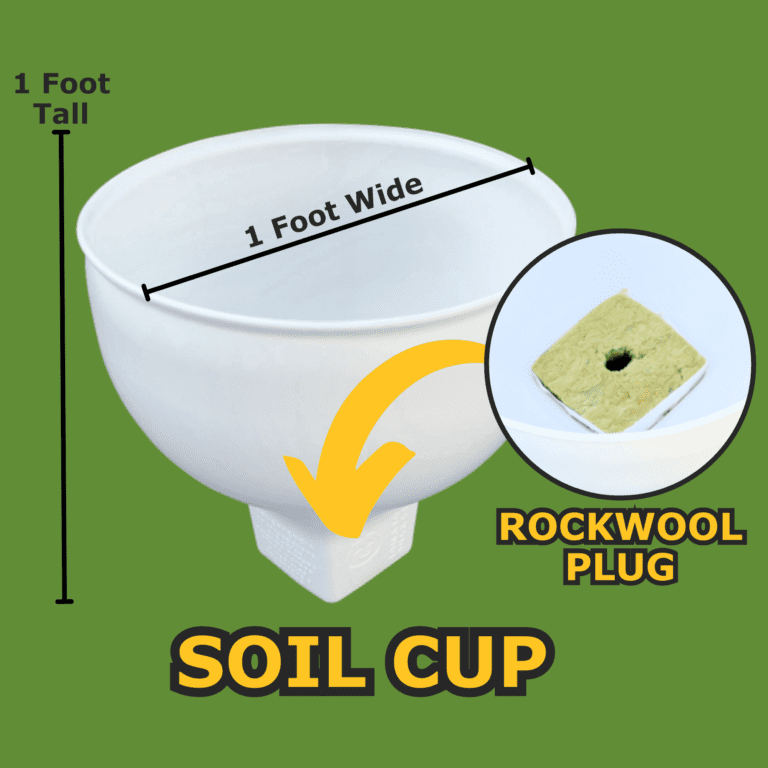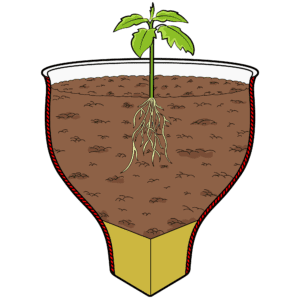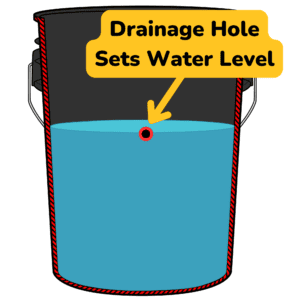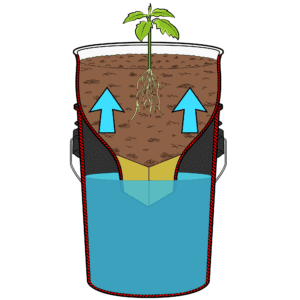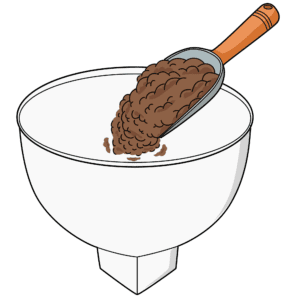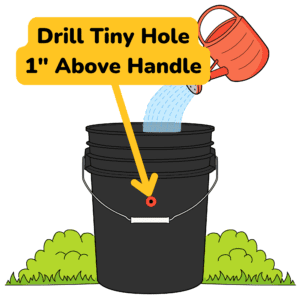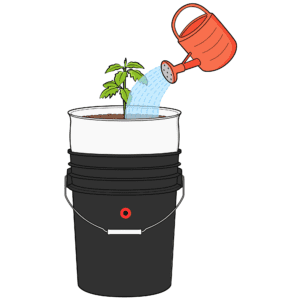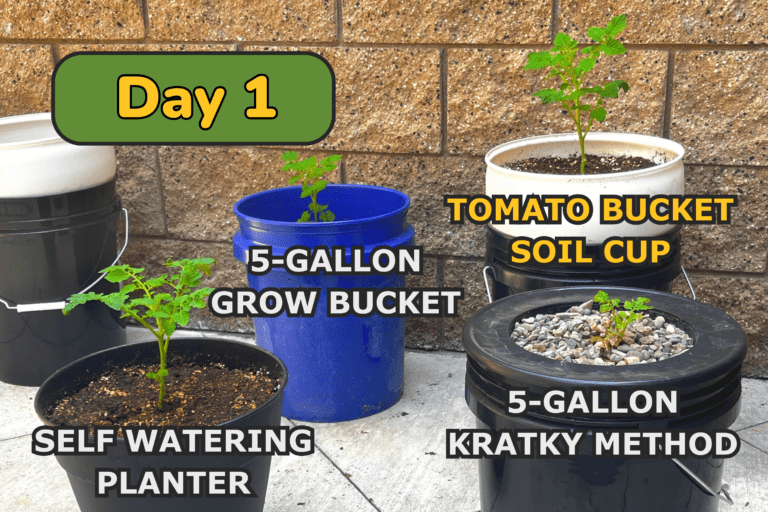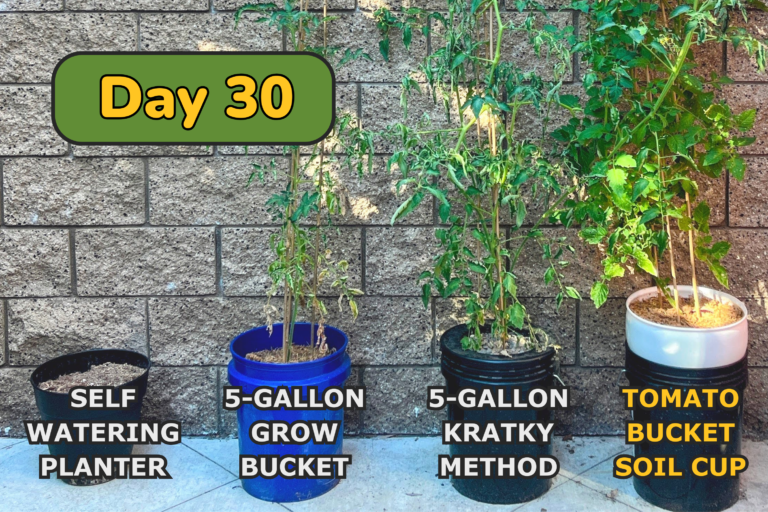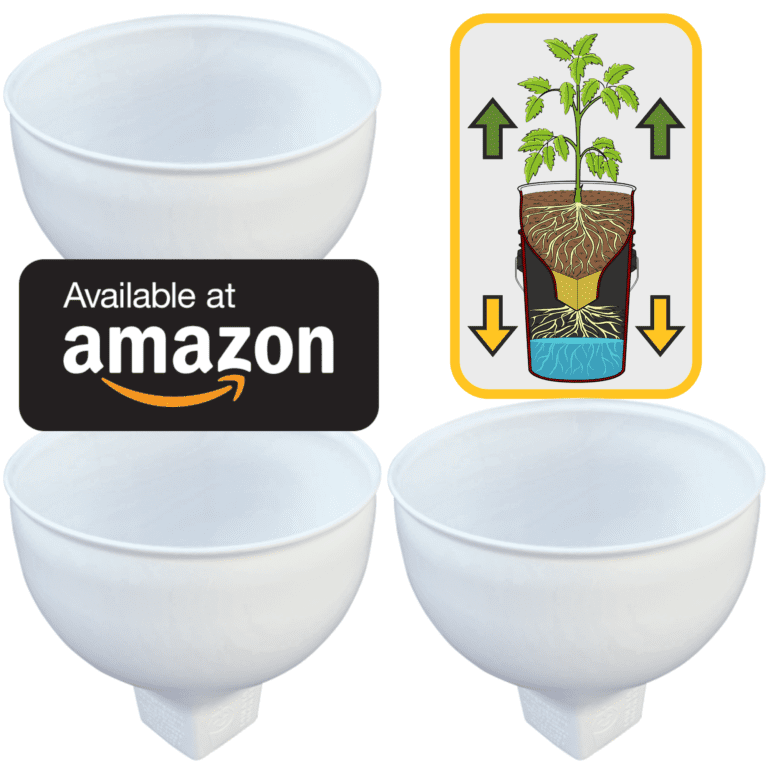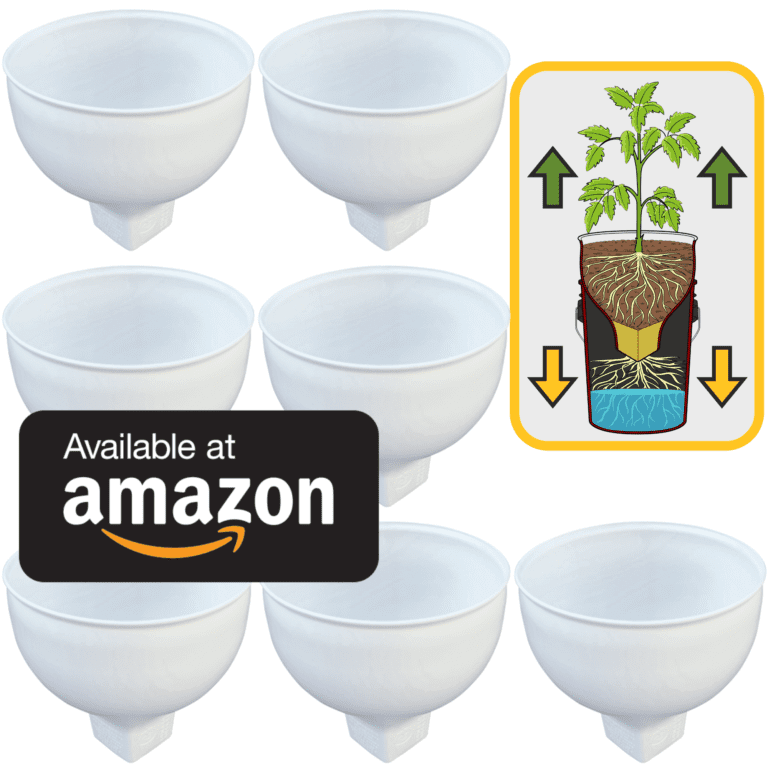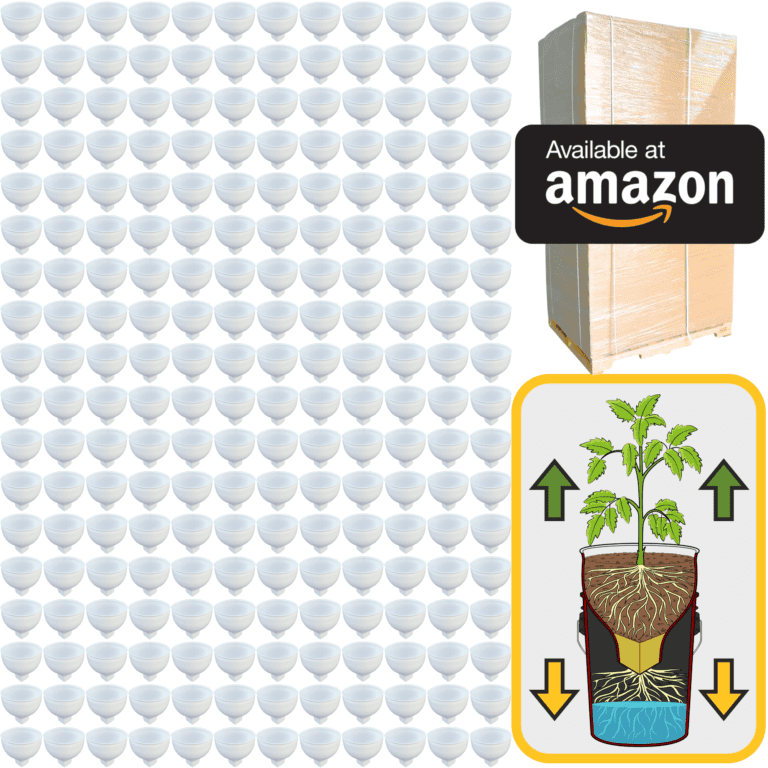As a gardener, one of the most important skills you can develop is the ability to read the subtle signs your plants give you. Plants are living things, constantly responding to their environment, and they’re always communicating—if you know how to listen. Learning to recognize patterns in plant growth is a key part of understanding whether your plants are thriving or if they need a bit of extra attention. This awareness allows you to catch potential problems early and address them before they turn into something more serious.
At first glance, it might seem like plants grow in a straightforward way. You plant the seed or transplant, water it, and then watch as it grows. But if you pay close attention, you’ll notice that plants have a lot to say through their leaves, stems, flowers, and even their roots. How they grow, and any changes in their appearance or behavior, can tell you a lot about their health. Recognizing these patterns early on is one of the keys to successful gardening.
One of the easiest ways to gauge the health of a plant is to look at its leaves. Healthy leaves should be vibrant, with a strong, consistent color that matches the plant’s typical appearance. For most plants, that means a bright green, but there are many plants with leaves in shades of purple, yellow, or variegated patterns. The important thing is consistency. If you notice leaves that are starting to yellow, curl, or drop off, it’s a signal that something might be wrong. Yellowing leaves, for example, can be a sign of overwatering, underwatering, or a nutrient deficiency, such as a lack of nitrogen. By keeping an eye on your plant’s foliage, you can often catch the early signs of distress.
Another pattern to observe is how your plants grow over time. A healthy plant grows steadily, putting out new leaves, shoots, and flowers in a predictable rhythm, according to its type. Fast-growing annuals like marigolds or basil will shoot up quickly and produce blooms or leaves within weeks of planting, while slower-growing perennials, like lavender or peonies, will take their time, building strength for the long haul. If a plant that usually grows quickly suddenly slows down or stops growing altogether, it’s worth investigating what might be causing the change. Environmental factors, such as temperature, light, and water, can all influence growth patterns, as can issues with the soil or pests.
Pay special attention to the stems and branches of your plants, as they can give you clues about the plant’s overall structural health. A healthy stem should be strong and sturdy, able to support the plant’s leaves and flowers without bending or breaking. If you notice that the stems are thin, weak, or floppy, it could be a sign that your plant isn’t getting enough sunlight. Plants will stretch toward the light when they’re not getting enough, resulting in long, spindly stems and fewer leaves. This is especially common with indoor plants or plants grown in shady areas. If your plant looks like it’s reaching out for light, try moving it to a sunnier spot and see if its growth improves.
The flowers and fruits of a plant also tell an important story. Flowers are the reproductive organs of the plant, and a plant that blooms well is generally a healthy one. However, if your plant isn’t producing flowers, or if the flowers drop off before they can develop into fruits or seeds, this could be a sign of stress. In many cases, this can be due to inconsistent watering, sudden temperature changes, or a lack of nutrients. For fruiting plants like tomatoes, peppers, or squash, poor fruit production can indicate that the plant isn’t getting enough phosphorus or potassium, both of which are essential for healthy flowering and fruiting.
While the leaves, stems, and flowers are often the most visible parts of the plant, the roots play just as important a role in a plant’s health. Unfortunately, because roots are hidden underground, it’s easy to overlook them—until the plant starts showing signs of trouble. Roots need healthy, well-drained soil to grow and spread. If the soil is too compacted or waterlogged, roots can’t breathe, and they’ll begin to rot. This is one of the reasons why proper watering and good soil structure are so critical. If a plant is wilting, despite regular watering, it might be a sign that its roots are struggling with poor drainage or root rot.
Wilting, in particular, is a symptom that can be confusing to many gardeners. On the surface, wilting seems like an obvious sign of a thirsty plant. However, wilting can also be a sign of overwatering, root damage, or even heat stress. If your plant is wilting, check the soil first. Is it dry, or does it feel soggy? Dry soil suggests the plant needs more water, while wet soil might indicate overwatering or poor drainage. If the soil seems fine, consider whether the plant has been exposed to too much direct sun or heat, which can also cause wilting as the plant loses water faster than it can take it up.
Pests and diseases are another area where recognizing patterns in plant growth can help you catch problems early. If you see leaves with holes, discolored spots, or a sticky residue, it could be a sign of pest activity. Aphids, spider mites, and caterpillars are common culprits that can damage plants by sucking sap or chewing through leaves. Fungal diseases often appear as spots or powdery coatings on leaves and can quickly spread if not treated. By inspecting your plants regularly, you can catch these issues before they spread to other plants in your garden.
Noticing how your plants grow and react to their surroundings helps you become more connected to the natural rhythm of your garden. As you gain experience, you’ll start to recognize what’s normal for each plant and what’s not. Some plants are more tolerant of changes in their environment, while others are more sensitive and will show signs of distress quickly. The key is learning to read these signs and knowing when to make adjustments.
Watering, for instance, is one of the most common challenges for new gardeners. Too much water can be just as harmful as too little, and different plants have different watering needs. A plant that’s wilting from underwatering will often perk up after a good soak, but if you water a plant that’s already waterlogged, you could make the problem worse. Checking the soil regularly and learning about the specific needs of each plant in your garden will help you get the balance right.
Light is another critical factor. Plants need sunlight for photosynthesis, and without enough light, they can’t produce the energy they need to grow. If a plant is getting too little light, you’ll notice it becoming “leggy,” with long, weak stems and fewer leaves. On the other hand, too much direct sun can scorch leaves, especially in plants that prefer shade. Learning to match your plants to the right light conditions is key to keeping them healthy and vibrant.
Fertilizing your plants is also about recognizing patterns. If a plant’s growth seems stunted or its leaves are turning pale or yellow, it may be lacking in nutrients. However, too much fertilizer can cause just as many problems, leading to excessive growth at the expense of flowers or fruit. By observing how your plants respond to feeding, you’ll start to get a sense of what they need and when to give them a boost.
In the end, gardening is about developing a relationship with your plants. The more time you spend observing them, the better you’ll understand their needs and the signals they give when something isn’t quite right. Plants are resilient, but they rely on us to provide the right environment for them to grow. By recognizing the patterns in their growth and learning to interpret the signs of health and distress, you can help your plants thrive and create a garden that flourishes year after year.
Gardening teaches you to pay attention to the details and trust your instincts. Every leaf, stem, and flower has a story to tell, and with time, you’ll learn to listen to what your plants are saying. When you recognize the signs of a healthy, growing plant and can spot the early warnings of stress, you become not just a gardener, but a true caretaker of the living things in your care.

